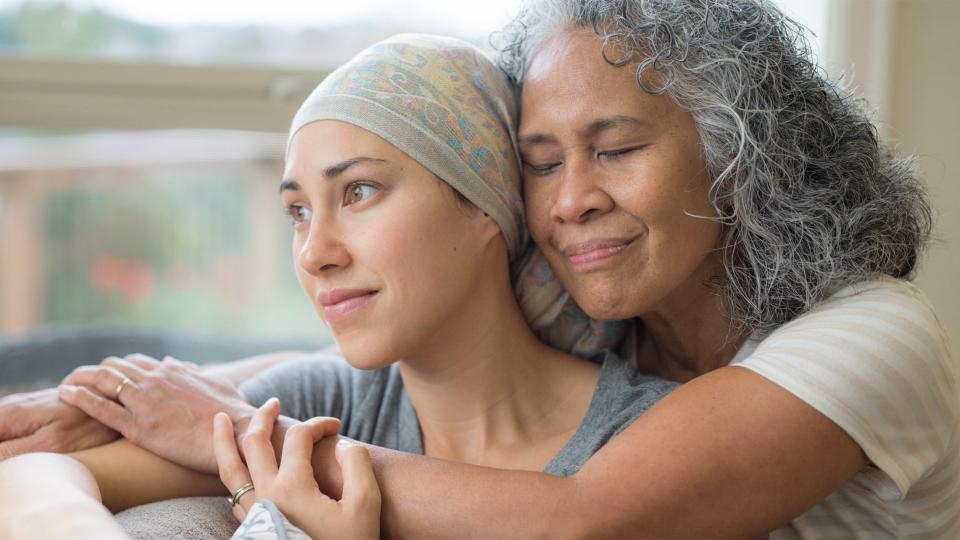Young people don’t always recognize their cancer risk. But new findings are prompting them to consider this risk earlier in life and prompting plan sponsors to prioritize preventive care.
While the chance of dying from cancer has declined over the past three decades, cancer incidence has increased. In fact, in 2025, the American Cancer Society projects approximately 2,041,910 new cancer cases in the United States.
And many of the newly diagnosed will be young people. The under-50 age group was the only one to experience a rise in overall cancer incidence between 1995 and 2020. And in an alarming turn, colorectal cancer and cervical cancer are on the rise among younger populations. The American Cancer Society report also highlights another concerning trend: cancer diagnoses are rising faster in women specifically, especially those under 50.
Rising incidence in women under 50:
- Cancer incidence rates for women under-50 age group are 82% higher than for men in the same age group, a significant increase from 51% in 2002.
- While cancer mortality continues to decline, according to the ACS, the cancer burden is shifting from men to women and from older to younger populations.
- Breast cancer rates, in particular, have been rising quickly among women under 50.
Lung cancer incidence in women surpassed that in men among people younger than 65 years in 2021.
Facing financial challenges for cancer care
For young people, the financial hardship of cancer can be severe. Many are trying to pay off debts. They may lack savings or extra sources of income.
In addition, young people are less likely to have health insurance. About 30% of adults younger than 26 are uninsured, the Centers for Medicare & Medicaid Services (CMS) reported. That’s the highest rate among any age group.
Cancer treatment can cause financial challenges for patients of any age. Not only must they consider out-of-pocket costs, but also the possibility of lost earnings.
A survey conducted by The American Cancer Society Cancer Action Network (ACS CAN) found that 75% of cancer patients and survivors said they worried about paying for current or future cancer care and nearly half (47%) have skipped or delayed recommended care due to difficulty paying.
What plan sponsors can do:
Plan sponsors can encourage cancer risk assessment and testing for young people. Data is key to both.
- A plan sponsor can use patient data to identify those who should be screened earlier.
- Incentivizing screening, or engaging patients with screening pilots, can help increase screening rates and earlier diagnoses. The earlier the stage cancer is diagnosed, the greater the chance of the patient’s survival – and the lower the cost of care.
- Data insights can also shed light on barriers to care. Social determinants of health (SDOH) – including housing, work, and transportation – can affect cancer risk.
Emphasizing timely cancer screening
The rise in cancer cases among young people shows that timely screening matters. But young people may be more likely to ignore symptoms.
To this end, plan sponsors should emphasize the following:
- The importance of healthy lifestyles.
- The need for attention to serious symptoms.
- Screening recommendations. For example, the U.S. Preventive Services Task Force recommends regular colorectal cancer screening, including colonoscopies, starting at age 45.
- Family history. People with a family history of certain cancers should talk to their doctors about starting screenings at a younger age.
Providing cancer support
Patients can be overwhelmed after a cancer diagnosis. And younger patients disconnected from support systems may have an even harder time coping.
Members of “Gen Z,” or those born between 1997 and 2006, have lower vitality than members of other generations, the third annual Vitality in America study from The Cigna Group found. The study provides a comprehensive overview of people’s ability to thrive both individually and in an organizational setting. And as we have seen previously, finances continue to be the leading source of stress for the general population, no matter their vitality level, with 39% reporting frequent stress due to finances during the past month. This is especially true for young adults who are not as financially established.
Younger patients – who face a greater lifetime risk of treatment-related side effects or additional cancer diagnoses – may need help navigating the life-changing situation.
Plan sponsors should look for programs that support patients throughout their experience. This includes diagnosis, treatment, and advanced illness, as well as survivorship.
Cost and complexity continue to create barriers to cancer care. Offering solutions that help reduce costs and lead to improved outcomes is vital.
Originally published on 2/20/2024 and updated on 4/18/2025.



